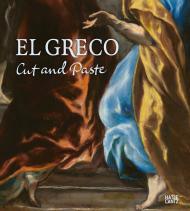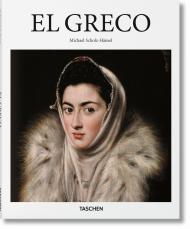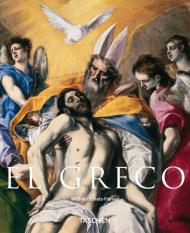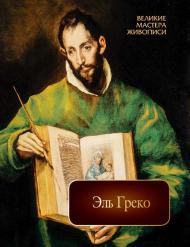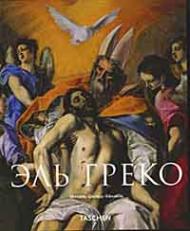El Greco and Nordic Modernism
At the birth of modernism in the late 19th century, artists across Europe rediscovered the almost three centuries old artwork of the Greek painter known as El Greco (1541–1614). In the Nordic countries as well, his characteristic rapturous and expressive style was perceived as speaking directly to the rule-breaking forms of expression with which a new generation of artists were experimenting. His hailing as a cult figure was based as much on the story of his life, though, including the 300 years of rejection and obscurity that made him an outsider idol for young artists. This catalogue traces the inspiration that leading Nordic artists such as Edvard Munch, Helene Schjerfbeck, Nils Dardel, Harald Giersing, and Jens Ferdinand Willumsen took from the works of El Greco, and for the first time specifically explores his Nordic reception in the decades between 1885–1945, adding a hitherto undiscovered piece to the mosaic of El Greco’s multifaceted and multinational rediscovery.
